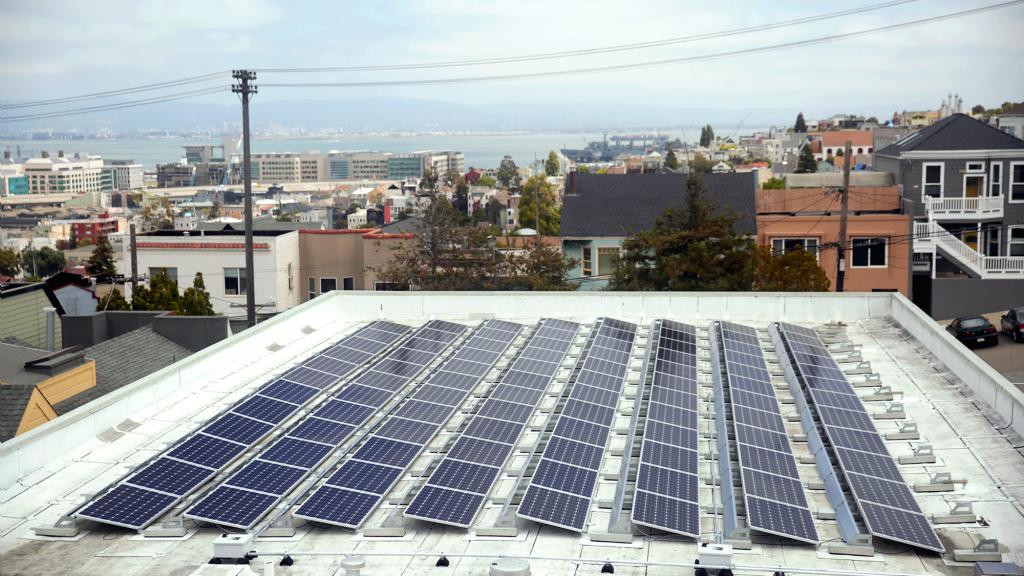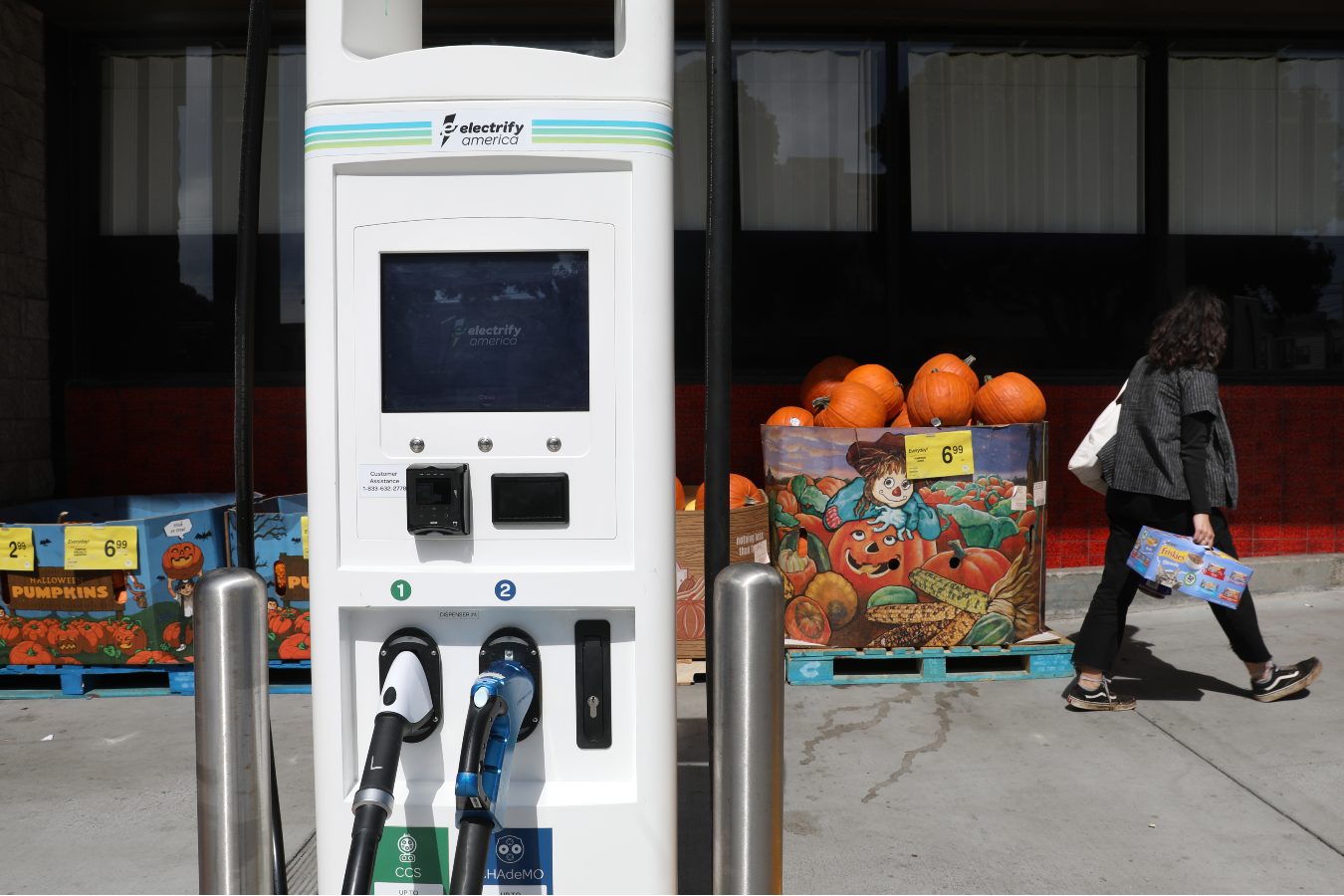Advocates for low-income communities and people of color have long argued that if electric cars are necessary for American roads and the health of the planet, then they should be accessible to all Americans, not just the ones with disposable income.
But for years, they have also worried that electric cars and trucks could be out of reach — too expensive and too hard to charge. If there are neighborhoods that are already food deserts, why expect them to have a charging station or three?
The recently passed Inflation Reduction Act, also known as IRA, has several rules and benefits designed to bridge the electric vehicle gap, but some activists are still worried.
“Left unchecked, the electric vehicle boom could pass an entire generation of Black and Brown drivers by,” said Michael Brown, an advisor for Neighborhood Forward, a national racial justice advocacy organization.
For instance, one of the new IRA tax credits for charging stations installed after 2023 would cover up to 30 percent of their installation cost. The full benefits of this credit would only apply to charging stations located in a rural community or a low-income community — defined as a census tract with a poverty rate of at least 20 percent.
“The fact that there is now funding available across the country for deploying charging infrastructure, I think it’s a good sign,” said Alvaro Sanchez, the vice president of policy at the Greenlining Institute, an environmental justice nonprofit based in Oakland, California. (Sanchez was a 2019 Grist Fixer).
And for those interested in buying an electric car but discouraged by the cost, a $7,500 tax credit on new EVs will likely help. But the problem, both automakers and advocates say, is that the credit comes with strict rules about where new EVs must be built and where their batteries must be sourced. They argue that these rules would mean that too few EVs would qualify, continuing to make it hard for potential buyers to buy one.
Even a $4,000 tax credit on used EVs would force potential new buyers to wait, as the credit would only apply to used EVs put into service after Dec. 31 of 2023.
Overall vehicle ownership rates are far lower for households of color than for white households. And households of color tend to hold onto cars for a longer time. These inequities in car ownership are largely driven by the racial wealth gap and lack of intergenerational wealth, as well as discriminatory auto insurance and auto loan rate policies that make it harder for people of color to afford cars.
In low-income communities around the US, finding an electric vehicle charging station is often as difficult as finding a grocery store. Charging stations are more likely to be found in dense clusters in wealthier and generally whiter urban areas. Drive, or walk, through a low-income community of color or a rural area, and you would be hard-pressed to find a charging station. Advocates call these areas “charging deserts.” They also argue that this lack of access to charging stations has contributed to lower rates of EV ownership among racial minorities. Advocates argue that if there’s no access to charging stations, how will people be motivated to buy an EV?
“We can’t build equitable infrastructure anywhere if the money isn’t available, let alone in the communities that need it the most,” said Michael Brown.
Both Brown and Sanchez are nonetheless encouraged by the Inflation Reduction Act tax credits, as well as provisions in last November’s Infrastructure Investment and Jobs Act. The November bill allocated $7.5 billion to build out a national network of 500,000 charging stations and required states to submit mapping plans of their part of the charging infrastructure.
But the build-up of the national charging network would be prioritized on “Alternative Fuel Corridors” along the Interstate Highway System, benefiting electric vehicle owners who are commuting or making long-distance trips.
Earlier this year, Indiana’s Department of Transportation announced that it would follow the Act’s guidelines and use $100 million of its funding to expand the state’s portion of the national charging network along these corridors.
The state’s plan faces criticism from the Indiana Alliance for Equity, Diversity and Inclusion for Electric Vehicle Infrastructure and Economic Opportunities, a coalition of Black-owned businesses, faith institutions, nonprofits and civil rights groups. The alliance argues that the charging infrastructure plan would bypass communities of color and not prioritize Black-owned businesses.

“I think you’d be hard pressed to find a senator or congressman who knows the best location to place electric vehicle chargers to combat inequity,” said Brown. “There must be top-down pressure followed by an open conversation to ensure equity in the development stages.”
Activists and community members in neighborhoods of color have reflected on the missed opportunities of previous massive national infrastructure projects. The creation of the federal interstate highway system in the 1950s decimated historically Black neighborhoods and facilitated the transfer of wealth from urban financial centers to the country’s then segregated suburbs. The system also created more opportunities for car ownership among whites, while exacerbating the racial wealth gap and cementing the dependency of Black and other minority communities on poorly-funded public transit.
Lionel Rush, who is part of the Indiana Alliance and the president of the Interdenominational Ministerial Alliance in Indianapolis, told Indiana Public Radio earlier this month that if the EV charging stations were not equitably placed and designed to serve communities of color, those communities would be permanently left behind in the electric vehicle revolution.
“If we don’t get in now, we’re going to be behind — and we’ll never catch up,” he said.
Sanchez of the Greenlining Institute believes that the biggest solution is making sure that EV infrastructure equity doesn’t just exist on paper. That means pressuring states and the federal government to track where implementation is going well and where it might be exacerbating or creating new gaps.
“We need to make sure that we are adjusting our approach so that we are not leaving too many communities behind,” he said.



